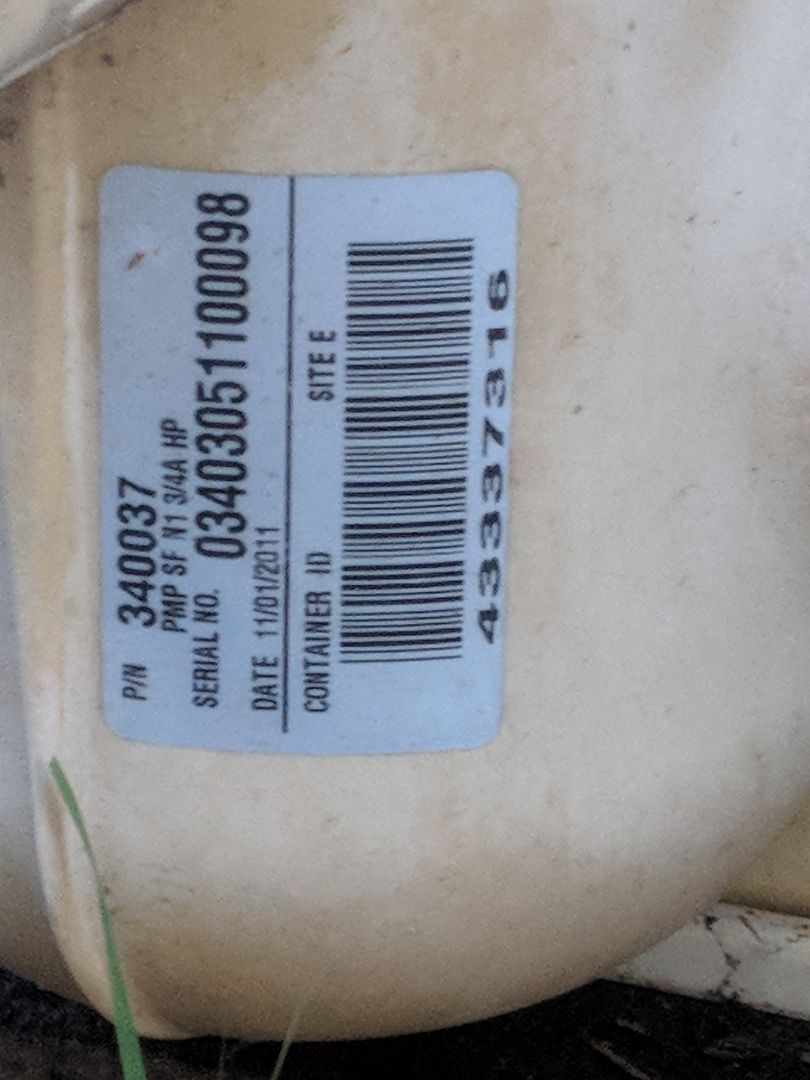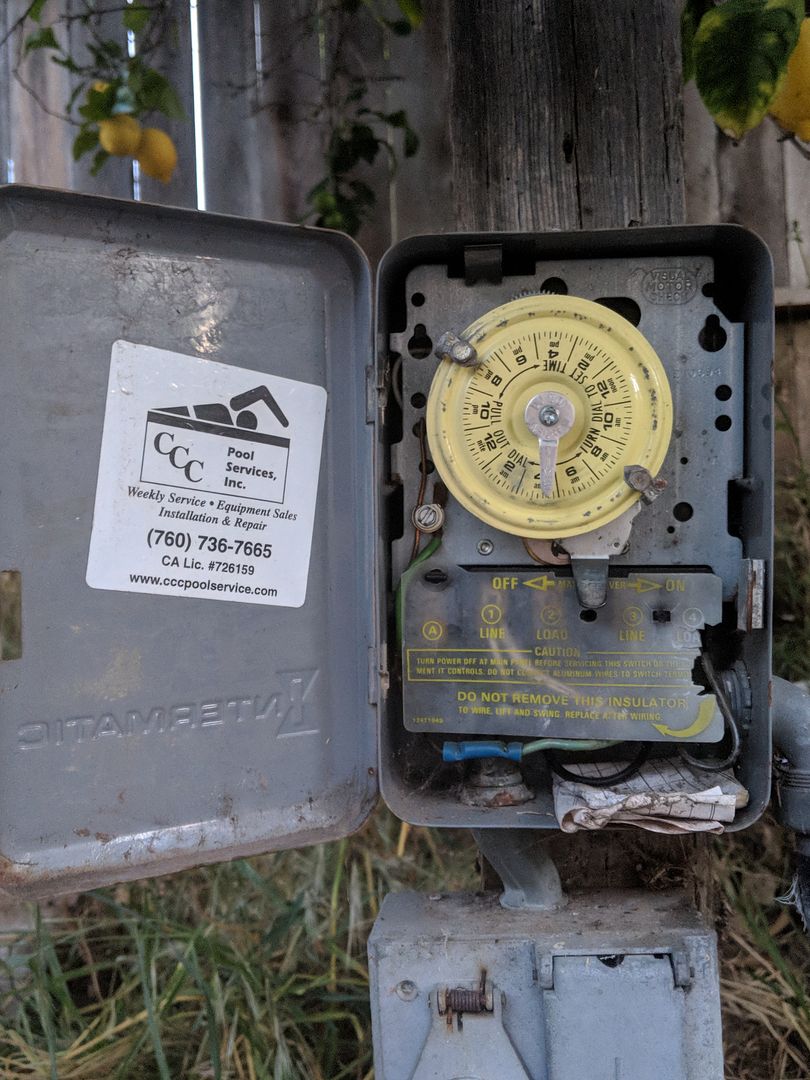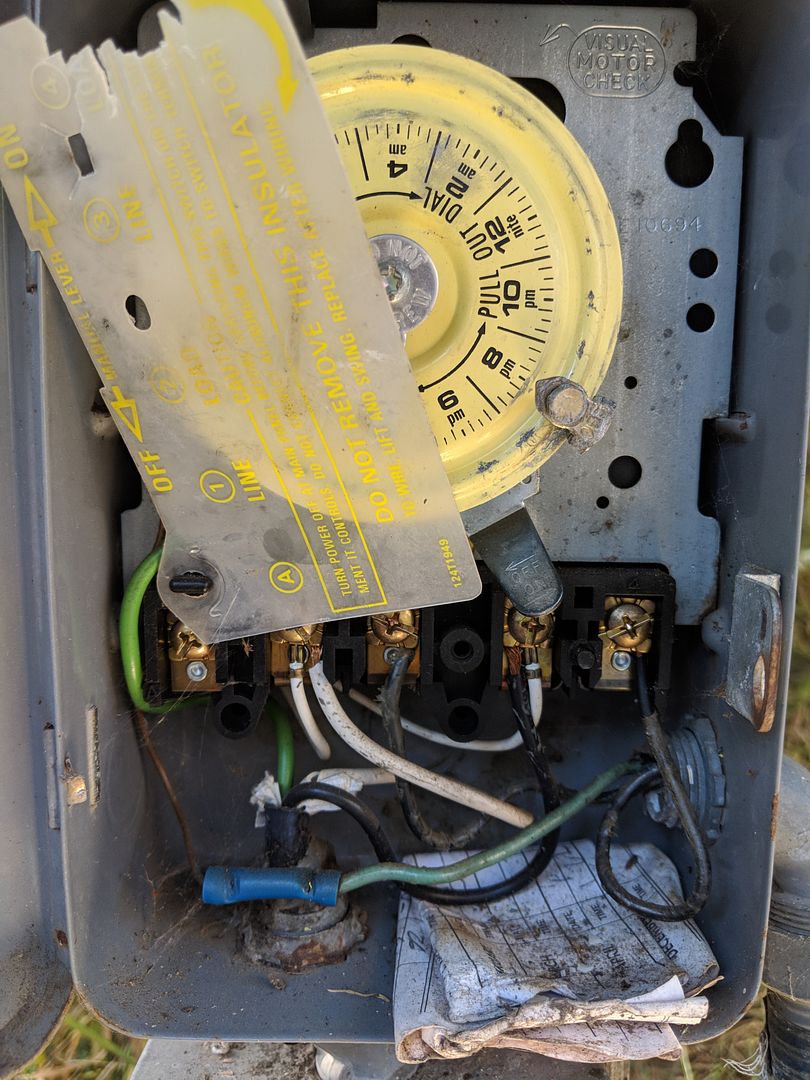Help! My pool pump stopped working! My other half has tried resetting the breaker and is currently looking up how to check if something is stuck in the impeller... but I'm afraid it might be dead 
Is there anything else we can try?
Is there anything else we can try?






